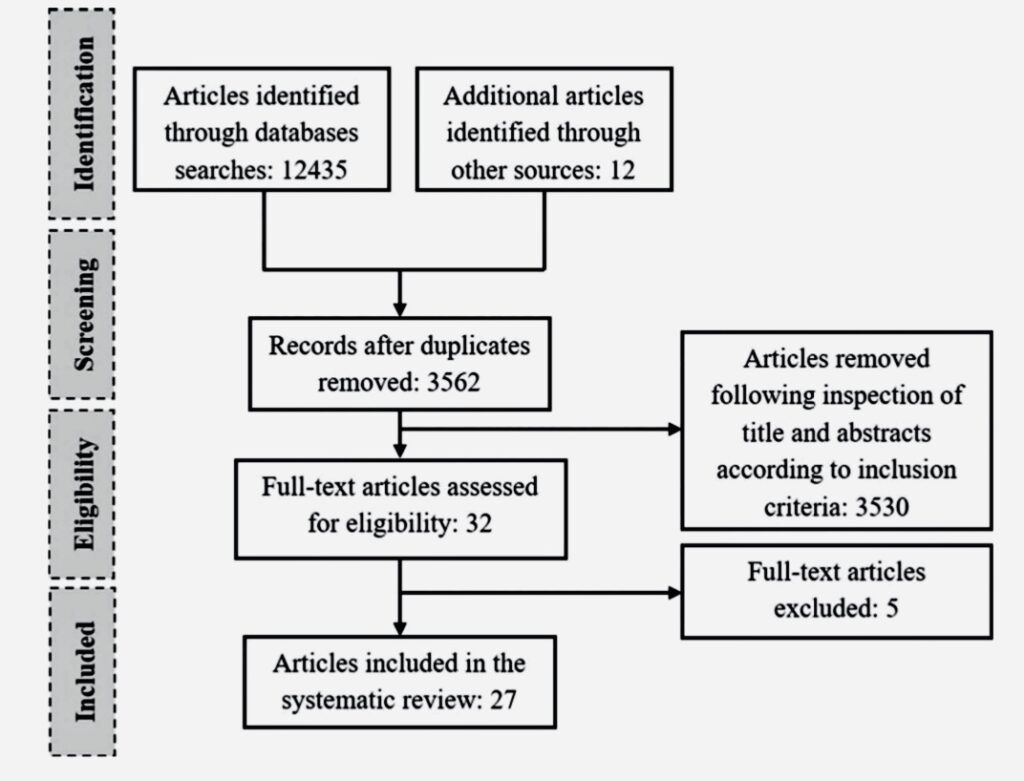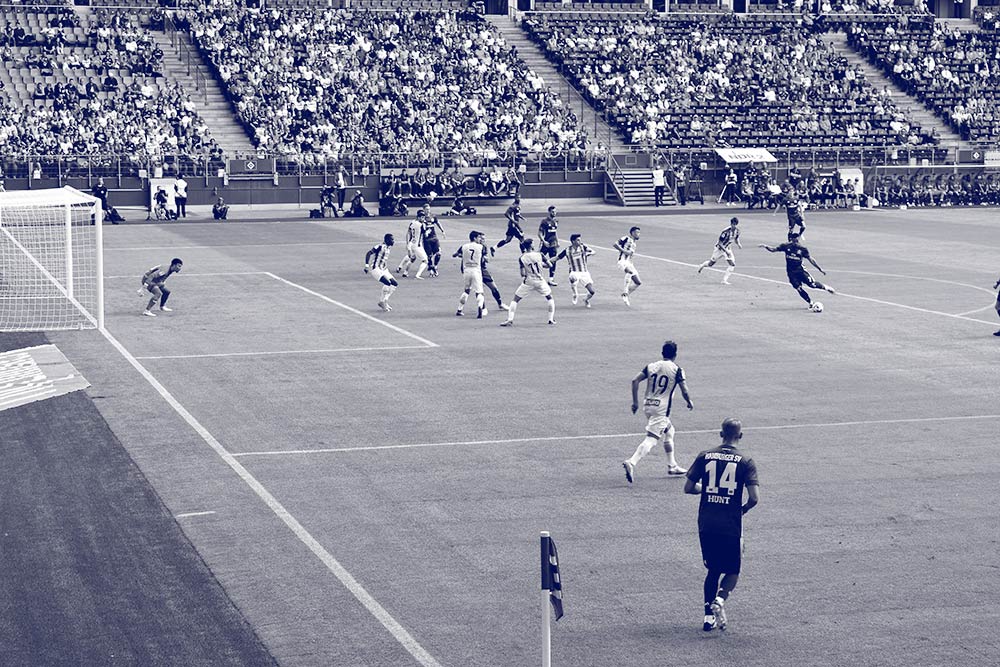INTRODUCTION & PURPOSE
Physical performance is assessed for several purposes in soccer. Assessments can be conducted using laboratory based tests or field-based assessments. However, high ecological validity is necessary (high construct validity), and this can be through evaluation of the potential associations between data derived from testing and that generated on physical outputs in match-play. Several review papers have discussed running and/or physical performance in soccer match-play across professional. However, none were dedicated specifically to collating information on the relationship between physical fitness characteristics and match-play running outputs. Determining the construct validity of physical fitness tests in relation to match running performance is necessary for practitioners.
“High ecological validity is necessary (high construct validity), and this can be through evaluation of the potential associations between data derived from testing and that generated on physical outputs in match-play”
Bangsbo and Lindquist (1992) were the first to investigate the association between physical fitness and running demands during professional soccer match-play. Results from research show that total distance covered and peak velocity attained during endurance-type assessments, and mean time across sprints in repeated sprint ability tests are related to total and high-intensity distance covered during matches (value range for r = −0.30 to 0.78). Buchheit et al. (2010) suggested that the association between physical fitness and match running performance was not as evident as commonly perceived in earlier studies due to correlation coefficients being partly position-dependent.
“Physical fitness and match running performance was not as evident as commonly perceived in earlier studies due to correlation coefficients being partly position-dependent”
In sum, discrepancies exist across the literature and collation and analysis of evidence would provide guidance to practitioners regarding the pertinence and legitimacy of anthropometric and fitness testing in relation to match-play running demands. The aim of this study is to systematically review the current body of evidence derived from original research investigations regarding anthropometric and physical fitness characteristics and their association with match running demands in youth and adult female and male soccer players.
METHODS
Using PRISMA guidelines, four databases were searched: PubMed/NCBI, Web of Science and SPORTDiscus. Twenty-seven articles were selected resulting in a sample of 991 players (687 youth and 304 senior) (Figure 1).
 Figure 1. Flow chart of the literature search and article selection.
Figure 1. Flow chart of the literature search and article selection.
RESULTS
- Overall, the reviewed studies presented high methodological quality ratings (approximately 80%).
- A small number of studies (~11% of all papers) investigated the relationship between anthropometric data and match running demands. Overall, the results showed poor associations.
- Incremental treadmill tests (e.g., MAS, VO2MAX) were employed in six studies and showed large to very-large associations with match-play running demands.
- Regarding field tests, Yo-Yo IR1 and IR2 outputs were associated with high-intensity running and total distance covered in competition.
- Three articles examined the association between physical fitness and declines in running performance across match intervals and observed no substantial relationships (R2 = 0.09-38%).
- Only three papers employed individually derived speed zone delimitations using the results from field or laboratory tests (e.g., MAS, maximal linear sprint speed) to determine running performance.
- Only five out of the 27 studies examined the association between physical fitness and running performance relative to playing position. In general, these studies showed that the magnitudes of correlation were position-dependent.
FSI STATEMENTS
- There is a lack of expert-based consensus on laboratory-based test protocols used (methodological discrepancies), and regarding field-based test (ie, Yo-Yo IR), are far from the competition specificity, however, specific tests (ie, 6-a-side SSG) do not reach reliability and validity consensus. In the future, research should analyze players according to positional role to enhance the construct validity of the assessment of a given test. Until now, practitioners should consider the test intention and choose according to the published data and their background.
- The variability and lack of relationship between physical fitness and declines in match running activity can be explained by contextual variables (eg, match location, match outcome, self-pacing strategies). However, this bias should not promote to think that physical fitness does not help prevent performance decline at the end-match.
- Most studies used arbitrary speed thresholds and sometimes individualization is quantified based on the speed peak reached during the match/training, However, previous works showed that velocity peak rarely be achieved under soccer-specific conditions. Practitioners should consider delimiting individual speed thresholds, based on appropriate measurements.






You must be logged in to post a comment.